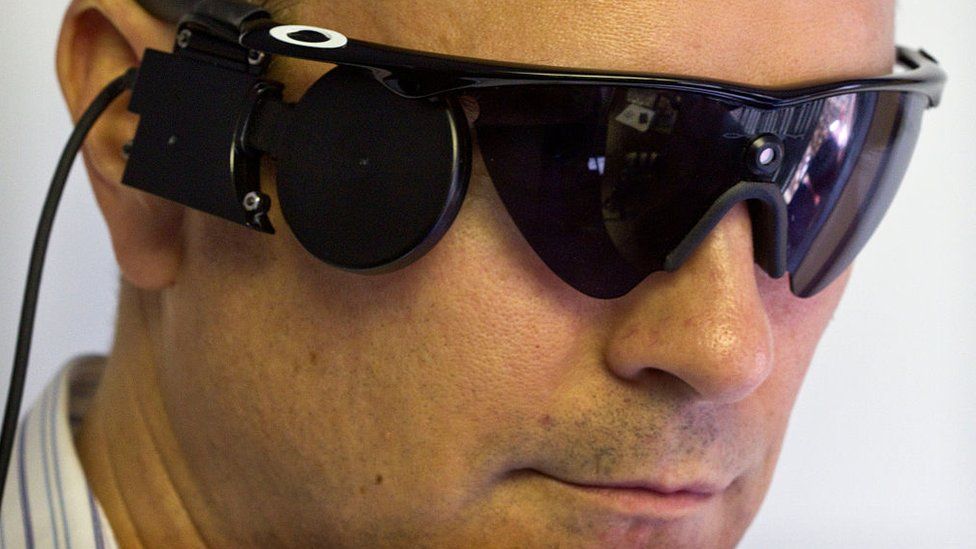
At least 2.2 billion people around the world suffer from some form of impaired vision, ranging from a mild level to total blindness, according to the World Health Organisation. The WHO says the financial impact of this, in terms of loss of productivity, is more than $25 billion per year for the global economy. The Phoenix 99, is a possible solution to this problem. The technology was tested recently in sheep and was said to have been well tolerated by the animals. As a result, an application has now been made to start testing in human patients. The Phoenix 99 is wirelessly linked to a small camera attached to a pair of glasses, it works by stimulating a user's retina. The retina is the layer of light-sensitive cells at the back of the eye that convert light into electrical messages, sent to the brain via the optic nerve, and processed into what we see. The Phoenix 99 device is able to bypass faulty retina cells, and 'trigger' those that are still able to work.
Experts believe bionic eyes like the Phoenix 99 could become commonplace in a matter of years. According to one 2021 market research report surfaced by the BBC, the industry could be worth over $400 million by 2028. There are several other companies working on similar bionic eye systems, including Second Sight and the Monash Vision Group, also based out of Australia. Another France-based company called Pixium Vision is also testing its retina implant-based system in humans. Here's how the bionic eye works:
- A patient is implanted with the Phoenix 99. A stimulator is positioned on the eye and a communication module implanted behind the ear.
- A very small camera attached to glasses captures the visual scene in front of the wearer. The images are processed into a set of stimulation instructions.
- The instructions are sent wirelessly through the skin to the communication module of the prosthesis.
- The implant decodes the wireless signal and transfers the instructions to the stimulation module, which delivers electrical impulses to the neurons of the retina.
- The electrical impulses, delivered in patterns matching the images recorded by the camera, trigger neurons which forward the messages to the brain, where the signals are interpreted as a vision of the scene.
Credits:
https://www.bbc.com/news/business-60316224
No comments:
Post a Comment